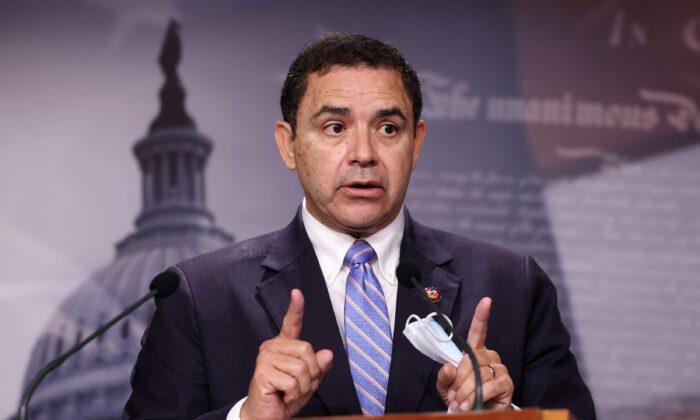A growing number of Americans continue to travel to Mexico for medical procedures or medication to take advantage of significant cost savings even though just traveling there to seek treatment presents many potential health and safety dangers.
For example, two of four Americans kidnapped in Matamoros in March were killed by suspected drug cartel members after traveling to the border city for cosmetic surgery.
Most Americans who travel to Mexico for cheaper medical procedures do so in border areas such as Matamoros or close to or in the Rio Grande Valley. But now, an increasing number of U.S. citizens are going deeper into Mexico than they have in the past.
“Before they barely came, but now I have many American patients,” Dr. Raul Lopez Trevino, a dermatologist in Guadalajara, told The Epoch Times. “I can’t remember even treating one several years ago.”
Guadalajara is roughly four hours east of Puerto Vallarta, a popular tourist beach destination. It’s also filled with surgeons and medical practitioners who provide their services at a fraction of the cost of similar clinics in the United States.
Medical Tourism Market Boom
Americans who travel to Mexico for medical procedures save 40 to 65 percent, on average, over the same procedure in the United States, according to Patients Beyond Borders.The organization says other top medical tourism hotspots include Costa Rica, India, Israel, Singapore, South Korea, Taiwan, Thailand, Turkey, and Malaysia, where you can save as much as 80 percent on the same surgical procedure in the United States.
For these reasons and others, Patients Beyond Borders says the market for medical tourism is booming.
“The world population is aging and becoming more affluent at rates that surpass the availability of quality health care resources. In addition, out-of-pocket medical costs of critical and elective procedures continue to rise, while nations offering universal care are faced with ever-increasing resource burdens,” the organization said.
“These drivers are forcing patients to pursue cross-border health care options either to save money or to avoid long waits for treatment. We estimate the worldwide medical tourism market is growing at a rate of 15–25 percent, with inbound patient flows highest in Mexico.”
Patients who travel to countries such as Mexico usually seek elective surgical, dental, or cosmetic procedures because the United States has the world’s most expensive health care system.
The Risks
While traveling to a country such as Mexico for medical procedures may be less expensive, it poses several risks.“It can be very dicey,” Santiago Rodriguez, an operating room nurse in New York City, told The Epoch Times. “I’ve had to treat several patients who have gone to Mexico to get a face-lift or a nose job, and they come back with infections or other complications.”
“There are a lot of botched jobs out there,“ he said. ”You could have a dentist doing plastic surgery because there are essentially no regulations in Mexico. So it’s very important to do your research before you go to a clinic.”
It isn’t just the doctor or the clinic you have to be careful about selecting, but it’s also the pharmacy you choose in Mexico if you’re buying medicine for aftercare, or simply because it’s easier to get some controlled substances over the counter than it is in the United States.
“The U.S. Department of State is aware of recent media reports regarding counterfeit pharmaceuticals available at pharmacies in Mexico, including those tainted with fentanyl and methamphetamine,” the department stated in a health alert.
The warning goes on to state that the counterfeit prescriptions pills are being sold by criminals on both sides of the border and that the pills are represented as “OxyContin, Percocet, Xanax ... and can be purchased at small non-chain pharmacies in Mexico along the border and tourist areas.”
Those tourist areas include major beach destinations such as Puerto Vallarta, Cancun, Playa del Carmen, Tulum, and others.
“All medical procedures have some risk of complications, those associated with procedures done in other countries include wound infections, bloodstream infections, donor-derived infections, and diseases such as hepatitis B, hepatitis C, and HIV,” the CDC said.
The agency said the quality of care may also be greatly reduced when compared with the United States. “Some countries’ requirements for maintaining licensure, credentialing, and accreditation may also be less than what would be required in the United States. In some countries, counterfeit medicines and lower quality medical devices may be used.”





